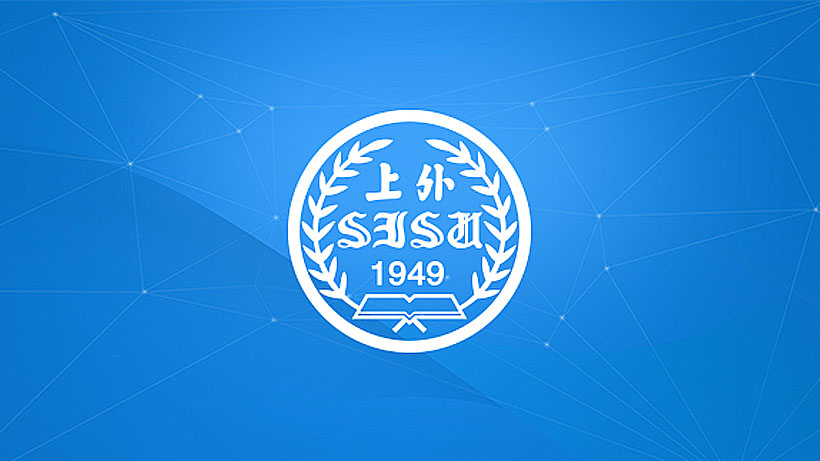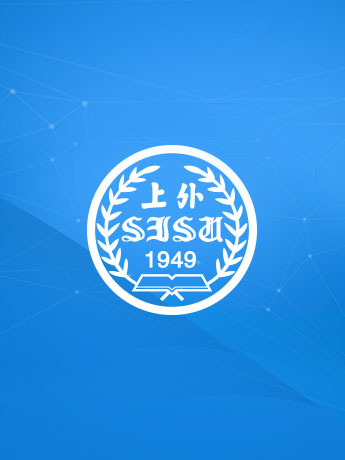
The global popularity of The Swiss Family Robinson (which appeared in German in 1812 and 1813 and was quickly translated into English) is undoubted, but the true extent of the work as a “corporate product” that has been adapted for ever new audiences since the early nineteenth century has not been recognized. As part of the numerous translations of the novel into English, numerous rewriting processes were applied to cater to the particular needs of the envisaged reading audience of young readers. The text variously functioned as a belated Enlightenment moral instruction manual and as an instructive source of knowledge related to natural history and philosophy. Since its first publication, numerous illustrated editions have directed audiences to identify particular foci, and illustrations – from the nineteenth century to the present day – have defined the ways in which to read the text intermedially. This lecture will focus on translation processes – processes of rewriting the text and of rendering it from one medium (printed text) into another (illustration). It will centrally examine the woodcut illustrations that accompanied the partial translation of The Swiss Family Robinson that was published in instalments in the Shanghai-based magazine, The Tapestry Portrait Novel, considering at the same time the English source text, a rewriting of the work in one-syllable words by Mary Godolphin. Not only will it focus on the remediation of the story of the family’s shipwreck and their reconstruction of civilization, but it will also shed light on the particular organizational principle of the woodcut designs, which differs decidedly from western practice. The lecture will chart the medial appropriation of Wyss’s text for Chinese reader-viewers and how the illustrators conveyed particular visual castings of scenes that through the indexical medium of the woodcuts became text-defining.
Sandro Jung
A Past President of the East-Central American Society of Eighteenth-Century Studies and recipient of two long-term Marie Curie fellowships of the European Union, Sandro Jung is Distinguished Professor of English and Comparative Literature and Director of the Centre for the Study of Text and Print Culture at the Shanghai University of Finance and Economics, where he also serves as Head of Literature. He is General Editor of the A&HCI-indexed quarterly journal, ANQ, as well as General Editor of the Lehigh University Press book series “Studies in Text and Print Culture.” Jung is the author of nine monographs, including David Mallet, Anglo-Scot: Poetry, Politics, and Patronage in the Age of Union (2008), The Fragmentary Poetic: Eighteenth-Century Uses of an Experimental Mode (2009), James Thomson’s ‘The Seasons’, Print Culture, and Visual Interpretation, 1730-1842 (2015), and The Publishing and Marketing of Illustrated Literature in Scotland, 1760-1825 (2017). Over the past twenty years, he has published more than 120 A&HCI articles; in addition to another 50 peer-reviewed articles and book chapters. He has edited numerous collections of essays, including the 2013 volume of the English Association’s Essays & Studies (on “British Literature and Print Culture”) series and co-edited the 2015 number of the Modern Humanities Research Association’s Yearbook of English Studies (on “The History of the Book”). In 2018 he curated a major exhibition on transnational literary history and eighteenth-century book illustration, Kleine artige Kupfer, which was undertaken as part of a Senior Fellowship of the Alexander von Humboldt Foundation at the Herzog August Library.
新闻报道

